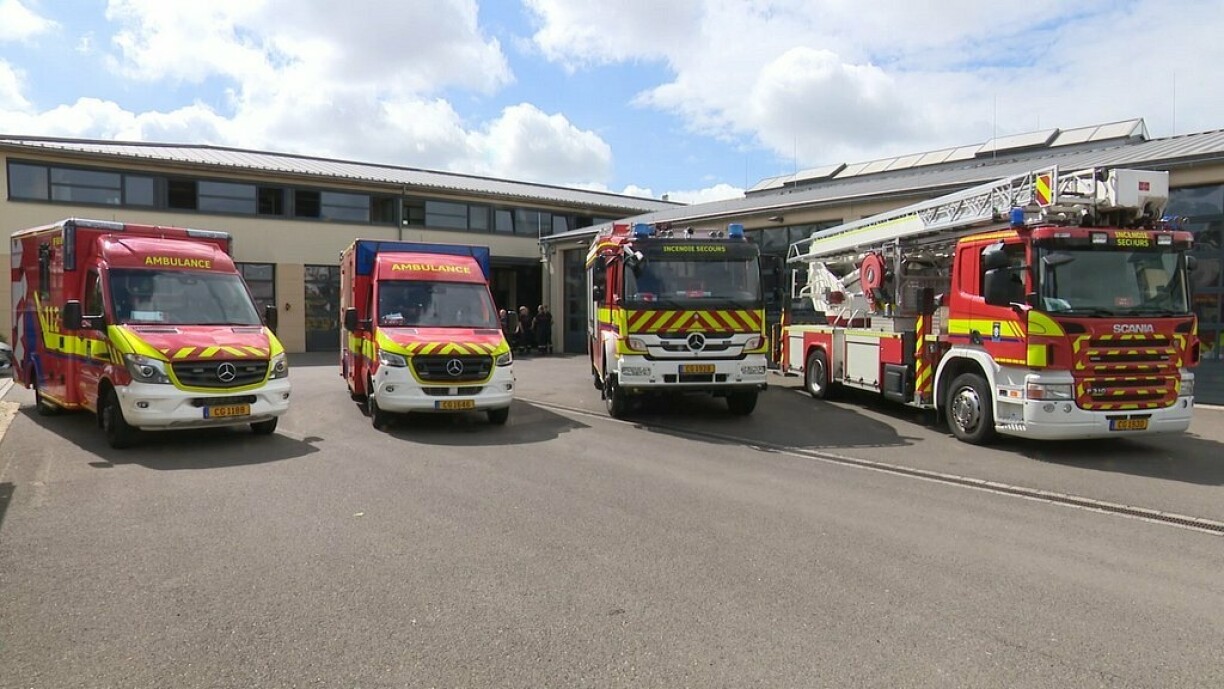
The minister for the Interior Taina Bofferding explained the constraints and challenges faced by fire brigades and first responders. Fifteen minutes is the agreed goal for reaching an incident by 2025. Currently this is not always possible and further investment is required. The yearly budget of 150 million euros will be gradually increased over the next few years.
Patrick Frank, the head of the Mamer site, gives further details: “We keep to our time frames and leave the site within two minutes, but depending on how far it is, we cannot always get there on time. And sometimes all ambulances are busy, then it can take longer.”
The Mamer site has 16 professional fire fighters and some 65 volunteers. Each of these is on duty for a minimum of 100 hours a year, with additional training. This was adapted to the professional fire fighter training when the CGDIS was introduced in 2018. Volunteers are ready to go on duty after about six months.
The collaboration between professionals and volunteers works well, but they are still short of staff. Firefighters need to deploy 10 minutes after the alarm, and with high housing prices, people move further away and can’t make it in on time.
But the need for staff keeps increasing. In Mamer, deployments have more than doubled since 2018. According to the national plan for organising rescue services (PNOS), around 300 people must be recruited by 2025. 80% of rescue personnel are volunteers.